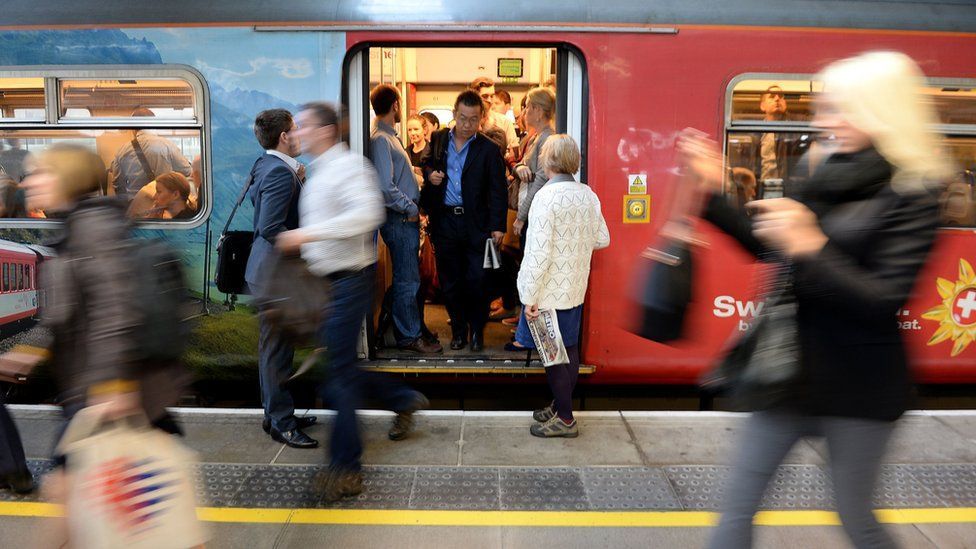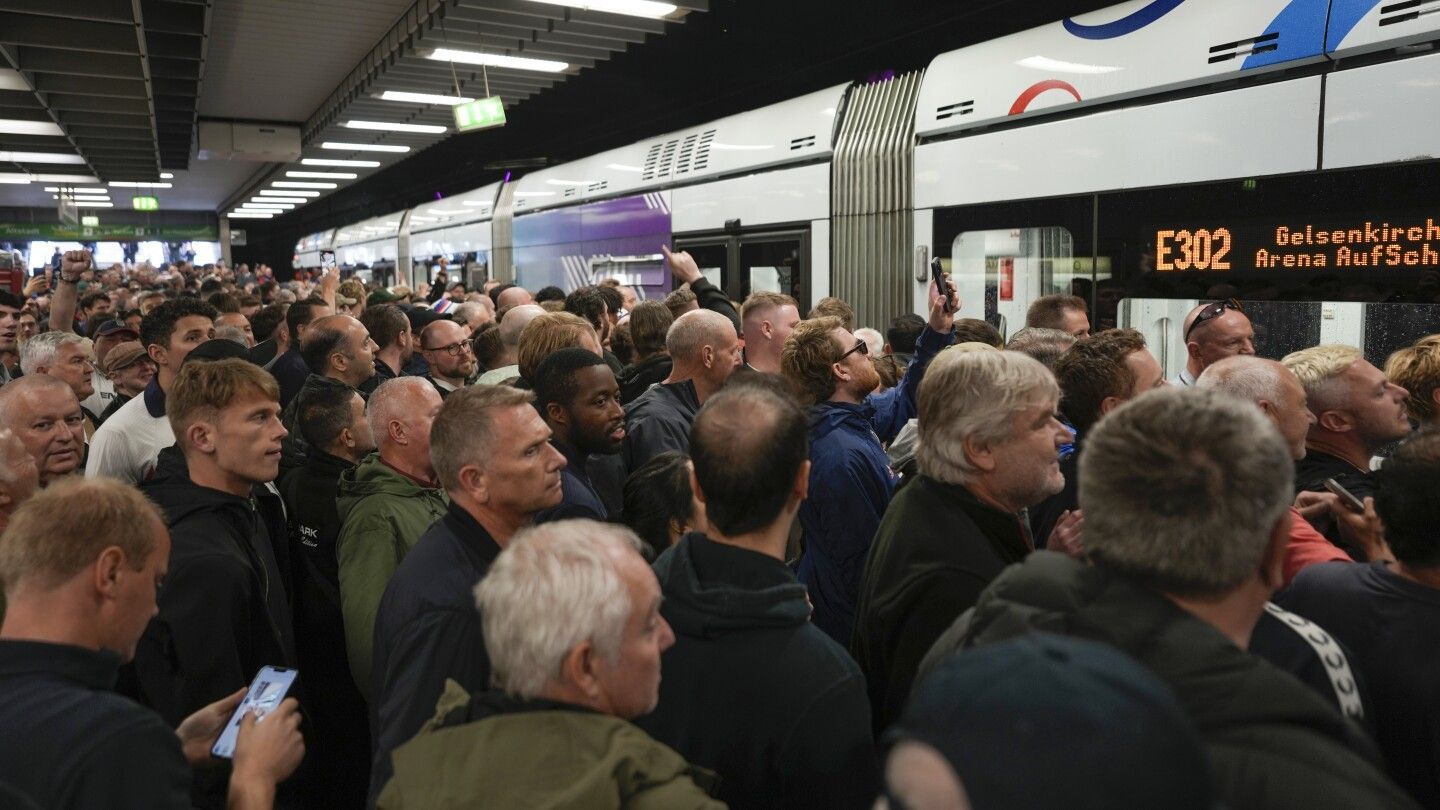Fan travel at international events: Why their home travel behaviour matters

As the 2026 FIFA World Cup approaches, with its unprecedented scale across the United States, Canada, and Mexico, one key factor that often gets overlooked in event planning is how visiting fans usually travel in their home countries.
While the logistics of managing thousands of international visitors might seem like a daunting task, there’s one important detail that the organizers should take into account: the travel behavior of fans when they attend football events at home.
Understanding how supporters typically navigate their own countries offers valuable insights that can help ensure smoother, more enjoyable travel experiences during the World Cup, creating a seamless and memorable event for fans, cities, and the organizers alike.
And to add an additional important layer of complexity, understanding usual fans motivations and expectation’s around sustainability and travel could also be key.
1. Fans Have Established Travel Preferences and Habits
Football fans around the world have specific ways they prefer to travel when attending matches. These habits might range from using local public transportation systems to carpooling with friends or relying on ride-sharing services like Uber or Lyft. In some countries, fans might even make it a tradition to tailgate before games, while in others, they might prefer to walk to the stadium in a procession of fellow supporters.
For example, in countries where public transport is heavily relied upon (like in many European nations), organizers need to consider how they can replicate or adapt similar systems in the World Cup host cities. This could involve ensuring robust, affordable, and reliable public transport, especially for those who are used to commuting by bus, metro, or train. If fans are accustomed to walking or cycling to games, investing in pedestrian-friendly pathways or bike-sharing programs would be key to making their World Cup experience easier and more enjoyable.
2. Fan Travel Influences Their Overall Experience
The way fans get to the stadium impacts more than just logistics—it can shape their overall experience. For instance, in many countries, football fans build a sense of community and camaraderie through the shared experience of traveling to a game. If, for example, they typically enjoy large-scale pre-match gatherings or fan zones, organizers could create spaces for fans to mingle and celebrate their shared passion for the sport before they enter the stadium.
Ignoring these cultural aspects of fan travel could lead to missed opportunities for creating a welcoming atmosphere. Fans who travel in large, spirited groups often thrive in environments where they can continue the celebration en route to the match. In addition, if their usual mode of transport is disrupted or unfamiliar, it could result in frustration or even alter their entire approach to the event, making them less likely to enjoy the experience.
3. Familiarity with Local Transportation Patterns Can Improve Planning
By examining how fans typically travel at home, World Cup organizers can forecast travel patterns more effectively. In most cases, international visitors are less familiar with public transit routes, roadways, and the general layout of a city, so providing them with practical information on how to replicate their usual travel methods will be crucial.
For instance, if fans from a particular country are used to taking subways to games, it would be helpful to have clear signage and guides about local transit systems. In cities where public transport might not be as developed, organizers should consider implementing temporary or enhanced transport services—such as shuttle buses running directly from fan zones or major transit hubs to stadiums.
Additionally, understanding where fans typically travel from (whether it's the city center, airports, or designated fan accommodations) will allow organizers to optimize transport routes, frequency, and timing to minimize congestion and avoid bottlenecks. Proactive planning that mirrors the familiar travel patterns of fans can help reduce delays, stress, and last-minute logistical confusion.
4. Tailored Experiences Based on Fan Demographics
Fans from different countries have diverse travel cultures that may include unique transportation preferences. For example, South American fans might be accustomed to walking or using ride-sharing apps, while fans from Europe may prefer more organized public transportation. By understanding these differences, organizers can craft tailored experiences that feel familiar to the different fan demographics.
Organizers should also factor in the scale of group travel. Fans who typically attend games with large groups—whether family, friends, or entire supporter clubs—will need different travel accommodations than solo travelers. Ensuring that transportation options can cater to these various needs, from dedicated group buses to private transport services, can go a long way in making their journey easier and more enjoyable.
5. Managing Expectations and Enhancing the Fan Experience
Perhaps most importantly, understanding how fans usually travel at home allows World Cup organizers to better manage expectations. Fans who are used to short, efficient travel times may be frustrated by delays, while those accustomed to long, crowded journeys will be more adaptable. By knowing these tendencies, organizers can provide more accurate information about travel times, transport options, and even expectations regarding potential delays, helping fans plan accordingly.
Moreover, creating opportunities for fans to continue their home-country traditions—whether that’s pre-game rituals, fan meetups, or celebration zones—can significantly enhance their World Cup experience. These details will make the event feel more like a continuation of their familiar football culture, even in a foreign setting.
Conclusion
As organizers prepare for what promises to be the largest World Cup in history, paying close attention to how fans travel in their home countries is not just a logistical consideration—it’s a way to enhance the entire event experience.
Understanding the travel habits, preferences, and expectations of visiting fans can improve transportation planning, manage crowd movements, and ensure that the journey to the stadium is as exciting as the game itself. By building a transportation system that aligns with these behaviors, organizers can offer a more seamless, enjoyable, and memorable World Cup experience for everyone involved.
If you’d like to chat with us more about our thoughts on this and related aspects of fan travel for football and many other sports then come say hello@intheround.global
















